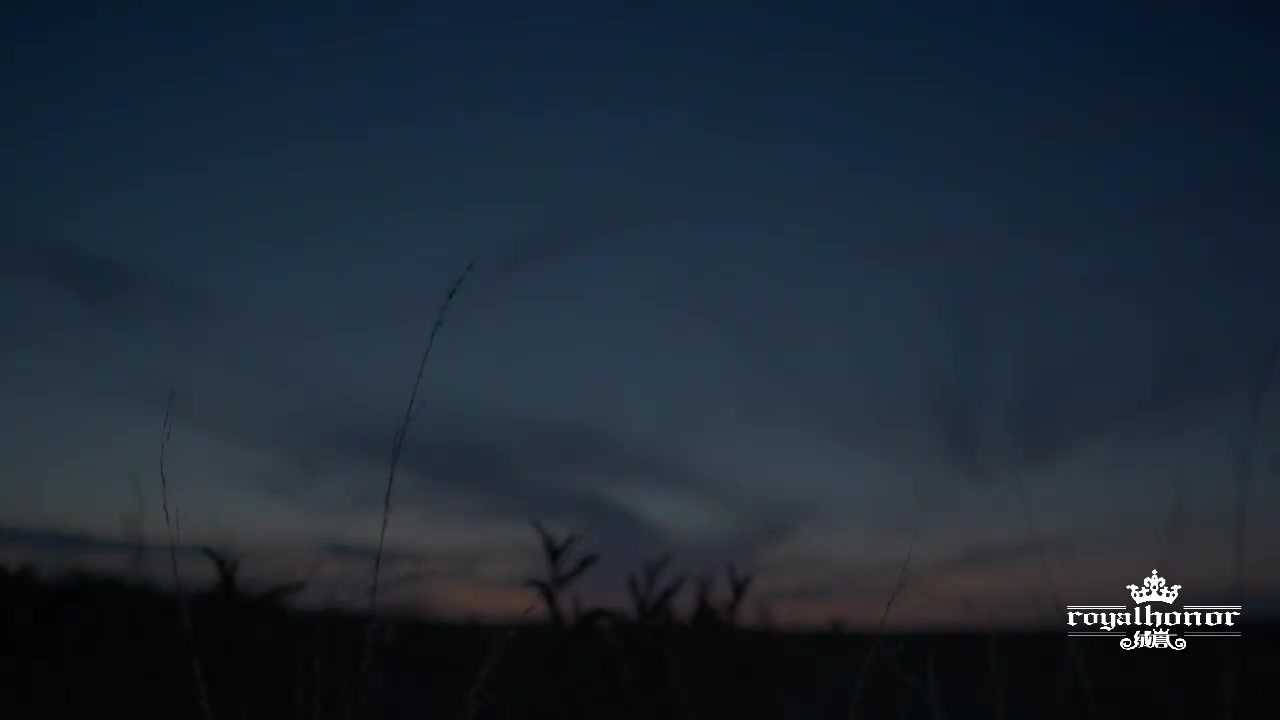
About us
Nestled in the heart of Inner Mongolia, China, which stands as the world's preeminent producing region for goats' cashmere fiber, Inner Mongolia RH Cashmere Products Co Ltd was founded in 1999. As a distinguished professional manufacturer and exporter, we are deeply committed to a brand development strategy that is at the core of our business philosophy. We firmly embrace scientific and technological innovation as the driving force behind our growth, while also placing a strong emphasis on sustainable development to ensure a better future for both our company and the environment.
Our company specializes in a wide range of high-quality cashmere and cashmere blended products. Our diverse product portfolio encompasses an array of cashmere blended items. For instance, our cashmere yarns are renowned for their softness and superior quality, making them the preferred choice for many textile artisans. In addition, our collection of woven scarves and shawls features intricate designs and exquisite craftsmanship, exuding elegance and sophistication. Our knitted cashmere sweaters are not only stylish but also incredibly comfortable, providing warmth and coziness during the colder months. Moreover, our knitted scarves, hats, and gloves are meticulously crafted, combining functionality with fashion.
We take immense pride in upholding the spirit of Inner Mongolian craftsmanship. Our skilled artisans pour their heart and soul into every product they create, ensuring that each piece meets the highest standards of excellence. This dedication to quality has enabled us to position ourselves as a reliable and professional supplier, offering both ODM (Original Design Manufacturer) and OEM (Original Equipment Manufacturer) production services to customers both at home and abroad.
Over the past nearly two decades, our philosophy has remained steadfast: to prioritize quality and innovative design in every aspect of our production process. Whether it's developing creative cashmere yarns, crafting unique cashmere knitwear, or designing stunning cashmere scarves and shawls, we strive to exceed our customers' expectations.
As our business has grown and evolved, our core market has expanded significantly. Today, we are proud to serve customers in the United States, Europe, Japan, Korea, and many other international markets. We understand the importance of providing our customers with convenient and efficient business development opportunities. To this end, we have reevaluated and reformed our previous business models. We have introduced innovative stock services for knitting yarn in pure cashmere, wool/cashmere and other different prevalent blended material, ensuring that our customers have access to a wide range of products at any time. Additionally, we offer a customized color service for various kind of different composition yarn. Based on different order quantities, we can use top-dyeing or yarn-dyeing techniques to produce cashmere yarn in any color our customers desire.
At RH Cashmere, we are not just a supplier; we are a partner that provides a full range of solutions for cashmere products, from the spinning process all the way to knitting and weaving. We stay abreast of the latest trends in the industry, constantly innovating and improving our products and services. Our ultimate goal is to provide our customers with the most satisfying products and services possible. We believe in building long-term relationships with our customers based on trust, mutual respect, and shared success. We sincerely hope to embark on a win-win journey with our customers, creating a brighter future together in the world of cashmere products.
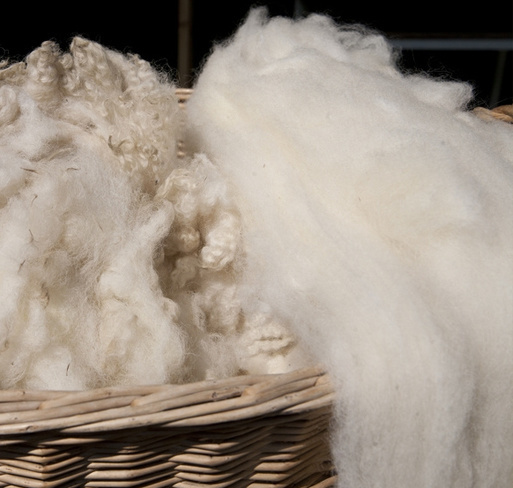
Basic Cashmere Knowledge
Cashmere is a highly prized natural fiber renowned for its exceptional softness, warmth, and lightweight feel. It is sourced from the undercoat of certain goats, mainly those living in harsh, cold - climate regions such as the Himalayas and Inner Mongolia. The fine - haired undercoat grows during winter to protect the goats from the cold and is carefully collected through a gentle combing process, ensuring the welfare of the animals.
Compared to regular wool, cashmere fibers are much finer and smoother. This results in a fabric that is not only incredibly soft to the touch but also highly insulating, making it an ideal choice for luxury winter wear. Its natural crimp gives cashmere fabrics excellent elasticity, allowing them to retain their shape well. Moreover, cashmere is known for its breathability, keeping the body comfortable by regulating temperature. Due to the limited quantity of cashmere that can be obtained from each goat and the intricate collection process, it is considered a luxury material, highly sought - after in the world of high - end fashion.

Differences Between Cashmere and Wool Fibers
When it comes to choosing between cashmere and wool, understanding their unique characteristics can help you make the best decision.
Softness and Handfeel
Cashmere fibers are incredibly fine, measuring just 14 - 16microns in diameter. This extreme fineness gives cashmere an unrivaled softness and a smooth, almost silk - like handfeel. In contrast, wool fibers are coarser, typically ranging from 18 - 35 microns. As a result, wool can sometimes feel scratchy, especially against sensitive skin, while cashmere provides a gentle, luxurious touch that is a pleasure to wear.
Warmth
Cashmere is renowned for its exceptional warmth - to - weight ratio. Despite being lightweight, it traps a significant amount of air within its fibers, creating excellent insulation. This makes cashmere garments perfect for keeping you cozy in cold weather without adding bulk. Wool, while also a good insulator, generally requires a heavier fabric to provide the same level of warmth as cashmere.
Durability
Wool has a reputation for being tough and durable. Its thicker fibers can withstand more wear and tear, making it suitable for everyday use and heavy-duty applications. Cashmere, on the other hand, is more delicate. Although it is strong for its fineness, it requires more gentle care to maintain its quality over time. Regular washing and rough handling can cause cashmere to pill or lose its shape more easily than wool.
Appearance
Cashmere has a more refined and lustrous appearance. The smooth surface of its fibers reflects light evenly, giving it an elegant sheen. Wool, depending on the type, can have a more textured or matte look. Some wools, like Merino, can be relatively smooth, but they still lack the high - end, sleek appearance that cashmere offers.
Price
Due to the rarity of cashmere (it is sourced from the underfur of cashmere goats, which produce only a small amount of fiber), and the more labor-intensive process of harvesting and processing it, cashmere is significantly more expensive than wool. Wool, being more widely available from sheep, is a more budget-friendly option for those seeking a similar look and feel at a lower cost.
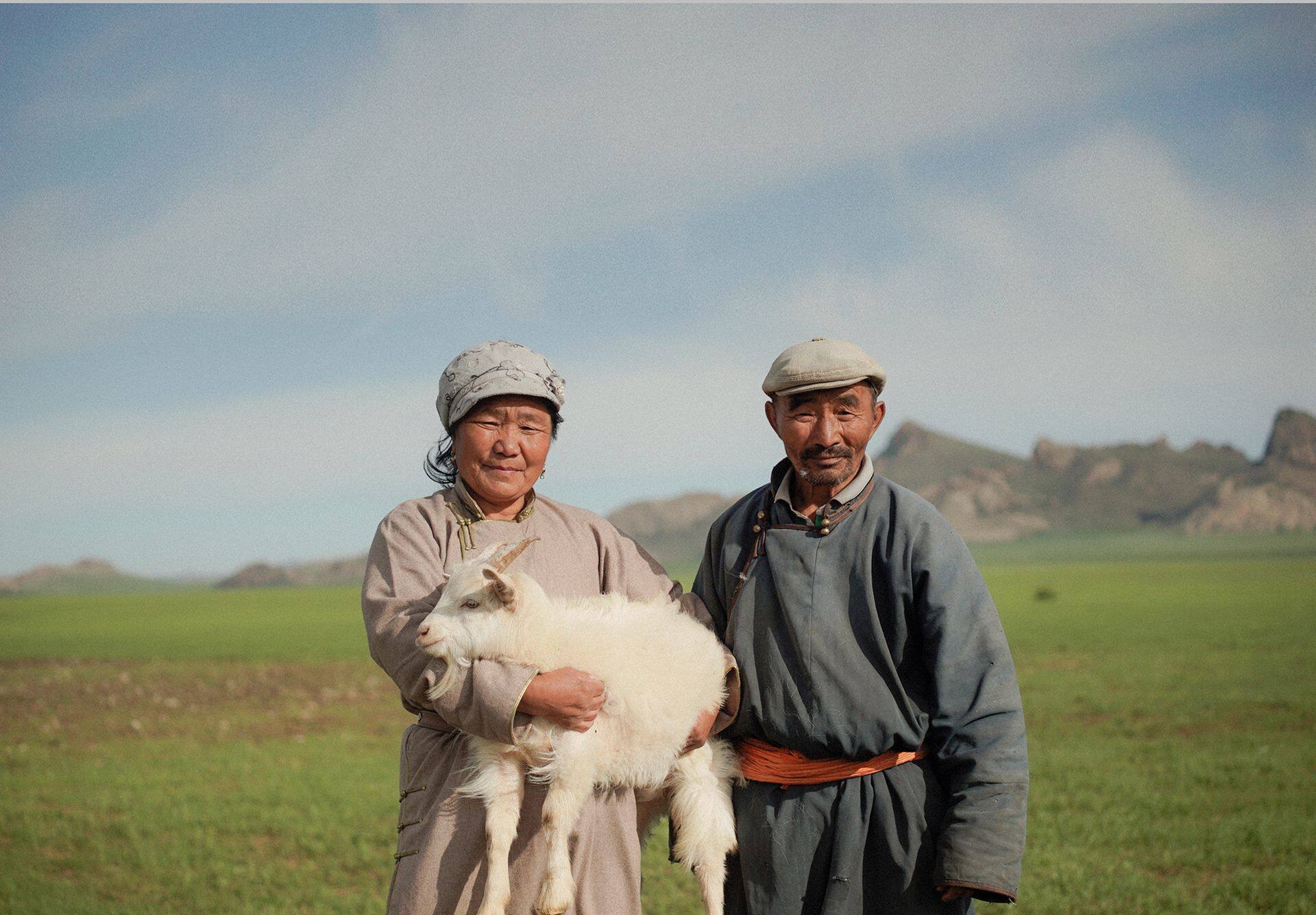
Sourcing Ethics in the Cashmere Industry
In the cashmere industry, sourcing ethics are of utmost importance, covering various aspects from animal welfare to fair treatment of workers and environmental protection.
Animal Welfare
Cashmere comes from the soft undercoat of cashmere goats, mainly found in regions like Inner Mongolia, Iran, and Afghanistan. Ethical sourcing demands that the process of collecting cashmere fibers, typically through combing or shearing, is carried out humanely. Some unethical producers resort to practices like plucking or cutting the hair, which can cause pain and distress to the goats. For instance, the Sustainable Fibre Alliance has been actively working with Mongolian herders to promote better animal welfare practices. They encourage proper handling of goats during the dehairing process, ensuring that the goats are not harmed, and their well - being is maintained throughout.
Fair Treatment of Workers
The workers involved in the cashmere supply chain, especially local herders and those in processing facilities, should be treated fairly. Herders often face challenges such as low pay and poor working conditions. To address this, initiatives are being taken to ensure that they receive reasonable compensation for their work. We commit to collaborate with herders, providing them with fair prices for the cashmere they produce. This not only improves the economic situation of the herders but also helps in building a more stable and ethical supply chain.
Environmental Sustainability
The production of cashmere has significant environmental implications, especially in areas where overgrazing by cashmere goats can lead to soil erosion, desertification, and a loss of biodiversity. Ethical sourcing means promoting sustainable grazing practices. Rotational grazing and pasture management are being implemented in many regions. These practices allow the grasslands to rest and regenerate, thus maintaining the ecological balance. A healthy grassland is not only beneficial for the goats but also for countless other species that inhabit these areas.
Traceability and Transparency
Another crucial aspect of sourcing ethics is traceability. Consumers today are more aware and demand to know where their products come from. Companies are now striving to provide full traceability of their cashmere products, from the grasslands where the goats graze to the finished item in the store. This transparency helps in ensuring that all ethical standards are being met at every stage of the supply chain.
In conclusion, ethical sourcing in the cashmere industry is a complex but necessary endeavor. By focusing on animal welfare, fair treatment of workers, environmental sustainability, and traceability, the industry can move towards a more responsible and sustainable future.
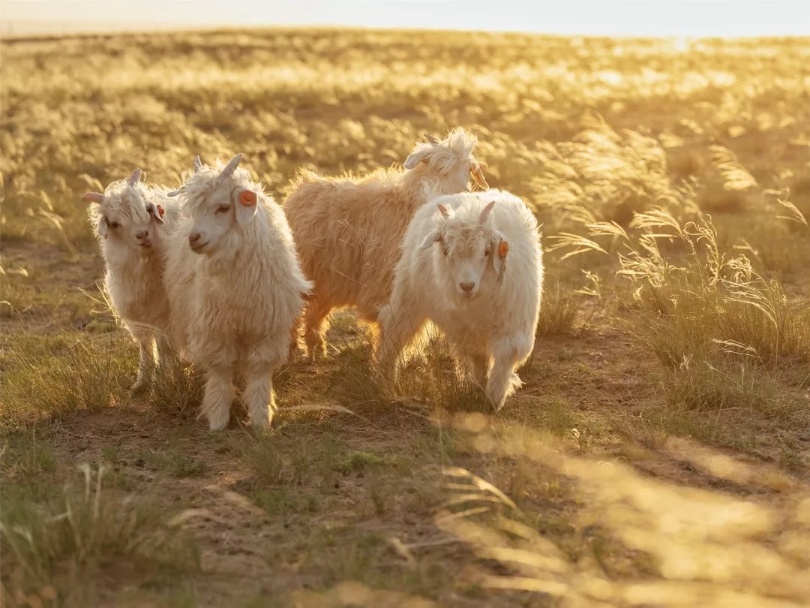
Sustainability & Environmental Response in cashmere industries
In the cashmere industry, sustainability is no empty slogan. It's the key to our future. Central to our mission is sourcing raw materials responsibly. We work directly with local herders, forging long - term partnerships based on trust and mutual respect. By making sure the goats that produce precious cashmere are raised in a natural, stress - free setting, we not only get the best - quality fiber but also look after the well - being of these animals.
Our care for the environment reaches the grasslands. We team up with herders to use rotational grazing. This way, the grasslands can rest and grow back, avoiding overgrazing and keeping the ecosystem in balance. A healthy grassland is important not just for the goats but also for many other species living there. It also helps fight climate change by storing carbon.
When it comes to production, we do all we can to reduce our impact on the environment. We put money into advanced technologies that use less water and energy. For instance, our new dyeing methods use less water and Eco - friendly dyes, getting rid of harmful chemical waste. Also, we make our manufacturing processes better to cut down on waste, recycling and reusing materials whenever we can.
Facing environmental challenges, the cashmere industry is taking the lead. We're always looking for ways to make our operations more sustainable. When you choose our cashmere products, you're not just buying high - end fashion and comfort. You're also helping create a greener, more sustainable future.
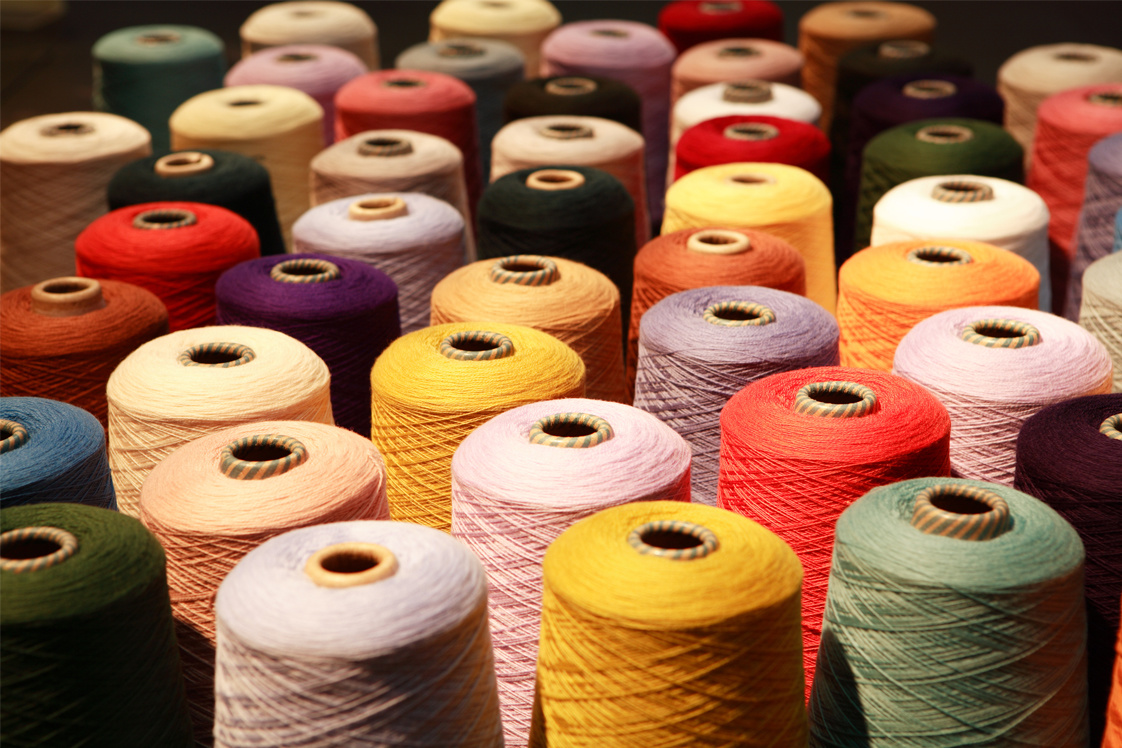
Environmental-Friendly Dyeing: A Sustainable Choice
In the cashmere industry, environmental - friendly dyeing is of utmost importance for the sustainable development strategy of enterprises. With the continuous improvement of global environmental awareness, we deeply understand that reducing the ecological impact of our business operations is an unshirkable responsibility.
The core of the environmental - friendly dyeing concept we advocate is to minimize the negative impact of the dyeing process on the environment. We abandon the heavy metals and harmful chemicals contained in traditional synthetic dyes and instead adopt environmentally - friendly dyes. These eco - friendly dyes can not only present natural and vivid colors but also effectively reduce pollution to water and soil, contributing to the protection of the ecological environment.
Water conservation is also a key area of our environmental - friendly dyeing process. The cashmere dyeing process usually requires a large amount of water consumption, while our adopted environmental - friendly methods are committed to minimizing water usage. Low - impact dyeing techniques significantly reduce the amount of water used, and some of our advanced systems can recycle up to 50% of the water used in the dyeing process, greatly reducing the need for wastewater treatment and effectively implementing the concept of water resource protection.
In the dyeing process, we also actively introduce energy - saving technologies to reduce carbon emissions. Our modern equipment can operate at lower temperatures while ensuring that the dyeing quality is not affected at all. This not only effectively reduces energy consumption but also contributes to addressing global climate change as a corporate effort. In addition, the impact of environmental - friendly dyeing runs through the entire supply chain. We conduct strict environmental impact assessments for every link from raw material procurement to the final disposal of products. By promoting sustainable practices in the supply chain, we maximize environmental benefits.
In conclusion, our environmental - friendly dyeing process integrates the use of environmentally - friendly dyes, the conservation of water and energy resources, and the implementation of supply chain responsibilities. This is not only a key measure for our enterprise to create a sustainable future for the cashmere industry but also a powerful proof of our active fulfillment of environmental protection responsibilities while producing high - quality products.

Tradition Meets Innovation for Exceptional Quality
RH Cashmere places great emphasis on the traditional skills of cashmere craftsmanship that have been passed down over the years. These traditional techniques form an integral part of our production operations.
In the manufacturing of our products, we seamlessly integrate traditional hand-crafted methods with modern machinery. Our highly skilled artisans meticulously select and comb the cashmere fibers, meticulously knit each piece of knitwear. This traditional approach enables us to produce the top-quality cashmere products.
Moreover, we actively embrace new technologies. We have incorporated advanced machinery at every stage of the production process, including yarn spinning, shawls & scarves weaving, various kind of garment & accessories knitting. These advanced machines enhance the consistency and efficiency of our operations. For instance, our computer knitting machines are capable of creating intricate patterns while preserving the softness and suppleness of the cashmere.
Quality is of utmost importance to us. From the sourcing of raw cashmere from carefully selected pastures to the final inspection of finished products, we closely monitor every step of the production chain. We adhere to the highest industry standards and conduct thorough quality checks. As a result, whether it is a warm sweater, an elegant scarf, or a luxurious shawl, our customers can have full confidence in the exceptional quality of our products.
RH Cashmere unswerving combines traditional craftsmanship with modern innovation, committed to providing our customers with top-tier cashmere products that offer both unparalleled comfort and contemporary style.
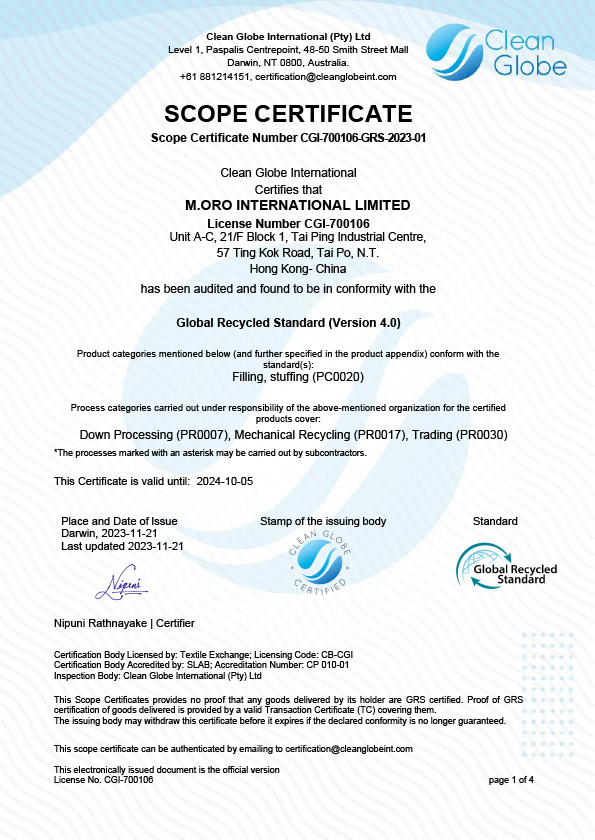
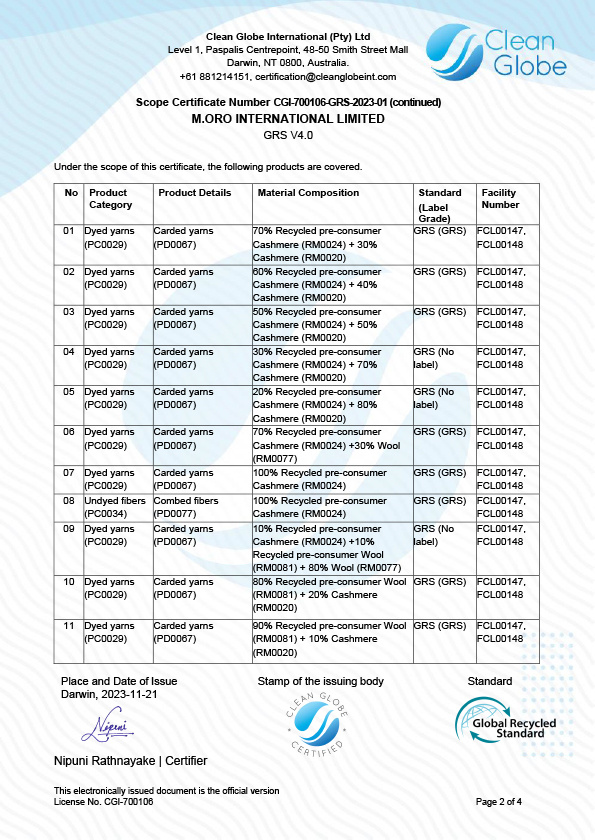
Solution and customer assistance
Professional Consultation Service
We understand that customers need a large amount of accurate and professional information as a basis for decision - making before purchasing cashmere products. Therefore, we have formed a consulting team composed of senior cashmere experts. They are well - versed in the characteristics of cashmere, the differences in raw materials from different origins, and the applicable scenarios of various products. Whether customers have questions about the twist and count of cashmere yarns, or are confused about the style design and maintenance methods of cashmere finished products, team members can rely on their profound professional knowledge to provide detailed, accurate and personalized answers, helping customers make the choices that best suit their own needs.
Customized Solutions
The needs of global customers vary. We cherish every uniqueness. From the raw material procurement stage, we can accurately match the raw cashmere from different high - quality pastures according to the special requirements of customers for cashmere quality, color and handfeel. During the production process, we can flexibly adjust product specifications, process details and packaging design to customize exclusive solutions. For example, for high - end brand customers who pursue a soft touch, we will adopt a more refined combing process and gentle dyeing technology; for customers who focus on environmental protection, we can provide products dyed with natural dyes and packaged with biodegradable materials.
Efficient Logistics and Delivery Guarantee
We have established long - term and stable cooperative relationships with many well - known logistics partners around the world, and constructed a wide - covering, efficient and convenient logistics network. From cargo packing, customs declaration to transportation, each link is followed up by dedicated personnel to ensure that the goods are safely and punctually delivered to the customers. At the same time, we use an advanced logistics tracking system, allowing customers to query the transportation status of the goods in real - time and keep track of the order progress at any time. In addition, in the face of some urgent order needs, we will activate the emergency mechanism, prioritize production and transportation, and compress the delivery cycle to the greatest extent to meet the urgent needs of customers.
Attentive After - sales Care
Product delivery is not the end of the service, but a new starting point for our long - term cooperative relationship with customers. If customers find any quality problems after receiving the goods, we promise to respond within 24 hours and quickly arrange professional personnel to communicate and coordinate. For products with actual quality defects, we will promptly provide return and exchange services and bear the corresponding logistics costs to ensure that the rights and interests of customers are not damaged. At the same time, we regularly visit customers to collect feedback on product use, and continuously optimize products and services based on this to continuously improve customer satisfaction.


